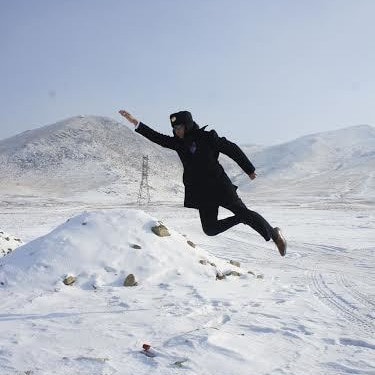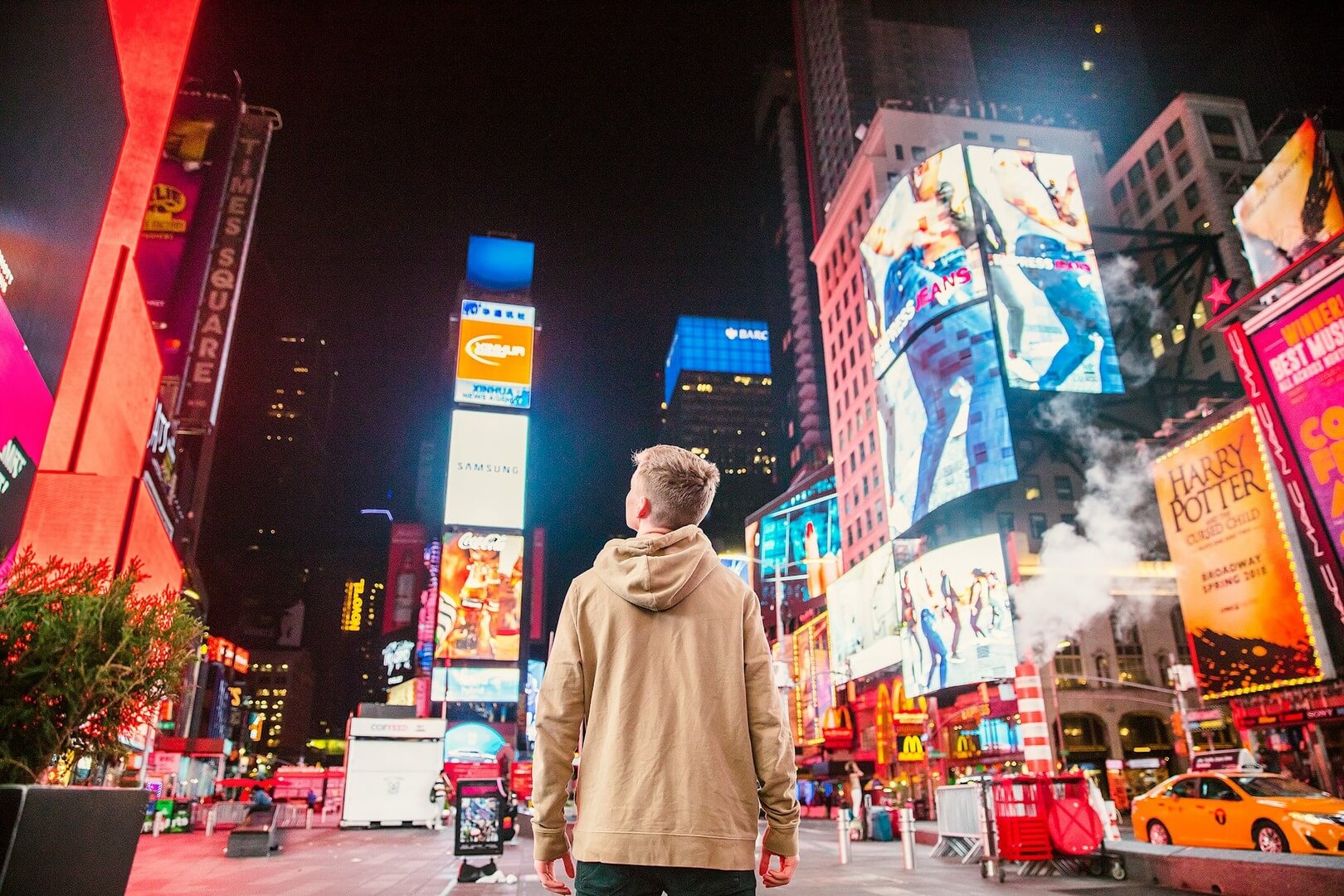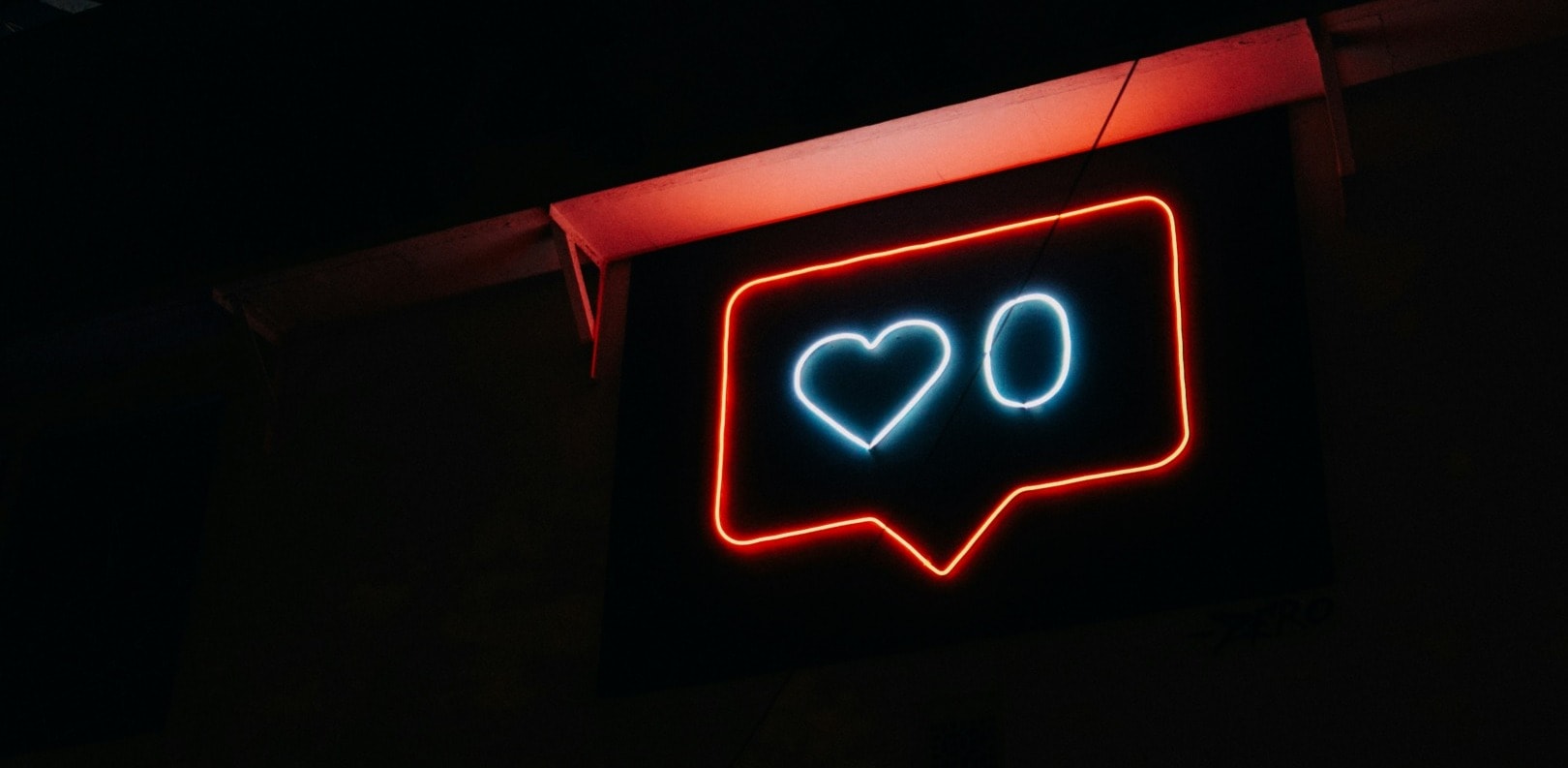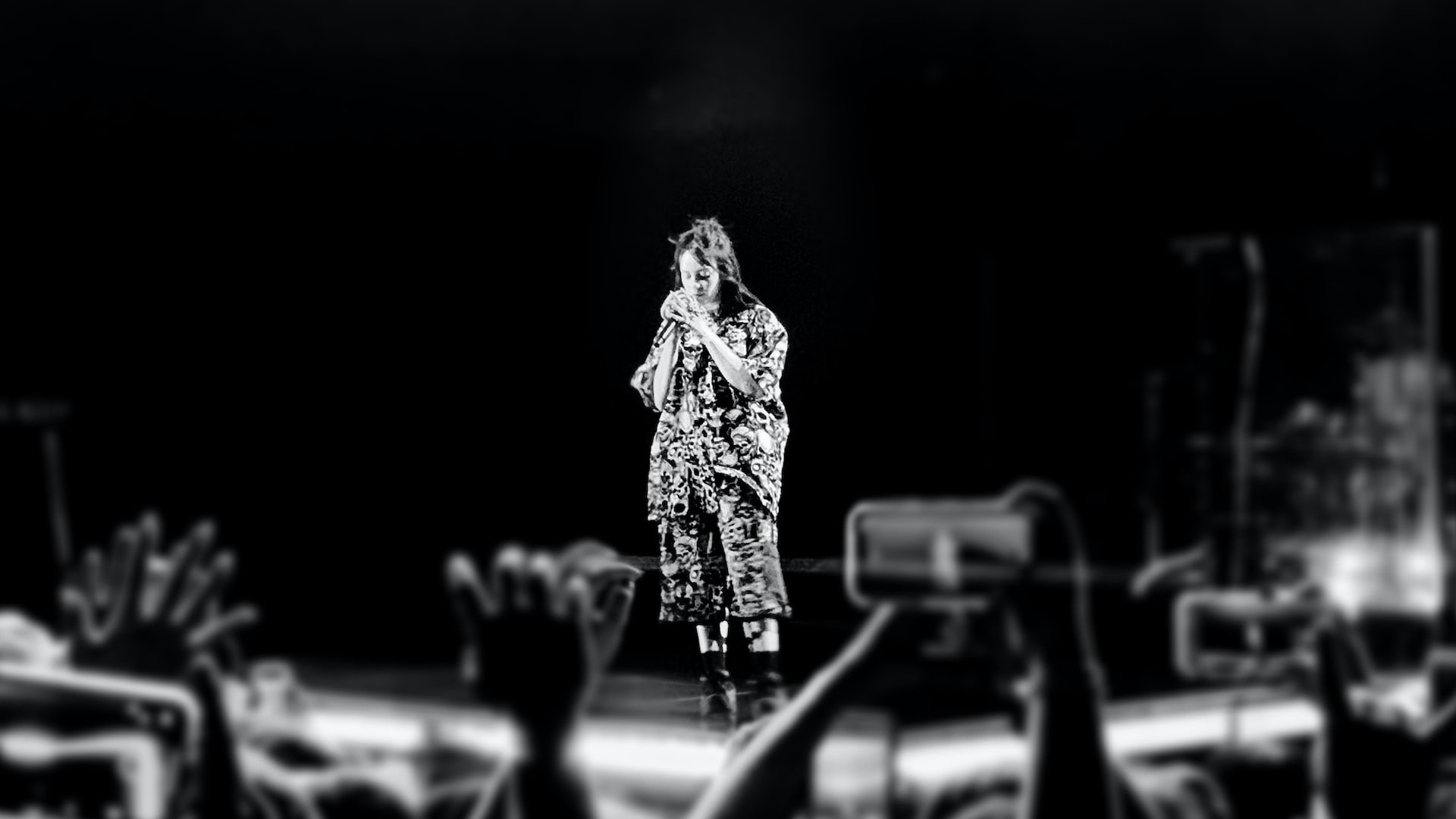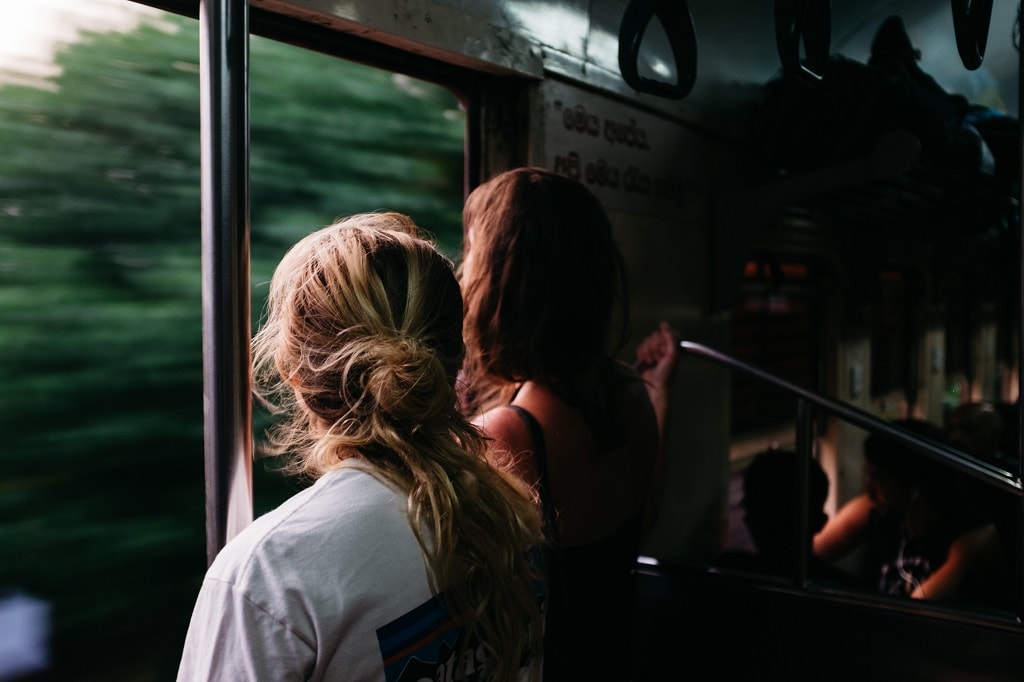Typically the only flying men we see are in the comics or modern day Marvel movies.
Junanto Herdiawan is known as the Flying Traveler on Instagram, where he inspires many with his levitation photography. With a Master’s degree in economics from Leeds University Business School, he serves as the Head of Bank Indonesia Fintech Office at Bank Indonesia in Surabaya. His work takes him traveling to exotic places and gives him many opportunities to see the world and have some lighthearted fun as well. He effortlessly blends his hobby into his active professional work traveling to prove that there is always a way to do the things you love. His levitation photography provides him with a unique way to share his travels with his friends and followers around the world. In addition to his passion for photography, he is an accomplished author, writing about the 2011 earthquake in Japan and one about his experiences traveling and photographing for friends and followers knows as, “Flying Traveler”.
How did you first come to love photography and travel? Which came first?
Junanto Herdiawan: I’ve been traveling since I was a kid, from city to city, and have met many people with different cultures and social experiences; that’s why I love to travel. Traveling and photography came together in my experience. Every time I travel, I love to capture moments of every aspect of the experience, from places to food, to people.
 IN THE PHOTO: JUNANTO HERDIAWAN; PHOTO CREDIT: JUNANTO HERDIAWAN
IN THE PHOTO: JUNANTO HERDIAWAN; PHOTO CREDIT: JUNANTO HERDIAWAN
Your style of photography is particularly unique. Could you tell us exactly what levitation photography is?
J.H.: Levitation photography in my understanding is taking a picture while the object is levitating. It is different than a jump shot where people were in a jumping pose. In levitation photography, you need to look like you are floating in the air, with no efforts of jumping. And to do this, you need practice. I never used an app, or any kind of application, to make me levitate. It is a pure levitation picture.
Levitation allows us to become aware that sometimes in our life, we have to break our boundaries, or bad habit, and move on to a better person. That’s the philosophy of levitation.
Related article: “JUAN JUAREZ AND THE LANGUAGE OF PHOTOGRAPHY”
What was the original inspiration behind your levitation photography?
J.H.: In 2012, I met Ms. Natsumi Hayashi (who is also known as the floating girl) in Tokyo, and learned about levitation photography from her. Since then, I have practiced levitation self-portraits wherever I go traveling. The philosophy of levitation and travel is more or less the same: you need to break your boundaries, break your habit, and reach out. In levitation photographs, you are going against gravity. Gravity is just like an old habit, it is always there without us realizing. Levitation allows us to become aware that sometimes in our life, we have to break our boundaries, or bad habit, and move on to a better person. That’s the philosophy of levitation.
 IN THE PHOTO: JUNANTO HERDIAWAN; PHOTO CREDIT: JUNANTO HERDIAWAN
IN THE PHOTO: JUNANTO HERDIAWAN; PHOTO CREDIT: JUNANTO HERDIAWAN
How hard is it to get the perfect timing for a photograph?
J.H.: At first, it is difficult to get the perfect timing. I could take more than 30 shots for one good levitation pose. But right now, with practice and more practice, it is not that difficult: I only take around 2 or 3 attempts. However, I need to practice for a new pose, or a difficult pose, like a horizontal levitation, or a 45-degree levitation.
When traveling and visiting new locations, how do you choose the places where you take your photograph?
J.H.: To take a good levitation picture, I have to see the landscape and location. It has to be a panoramic view or a very unique or historical place, so it is not just a levitation picture, but a combination between travel and levitation. So, place is very important. I have once levitated on top of a mountain, near a crater. That was probably the most dangerous pose I’ve ever had.
 IN THE PHOTO: JUNANTO HERDIAWAN; PHOTO CREDIT: JUNANTO HERDIAWAN
IN THE PHOTO: JUNANTO HERDIAWAN; PHOTO CREDIT: JUNANTO HERDIAWAN
What are your interests outside of photography and travel? Do you have much time for them?
J.H.: I like to read and write. I have a blog for my travel experiences, and spend time writing after I travel. I actually wrote a book about levitation and traveling call the “Flying Traveler”.
Finally, what is your favorite country you’ve visited, and why?
J.H.: I love Japan for the culture and the people. Almost all the people I met in Japan were very kind and helpful.
Recommended reading: “AMBROISE TÉZENAS ON THE EVOLUTION OF PHOTOGRAPHY IN THE DIGITAL AGE”


